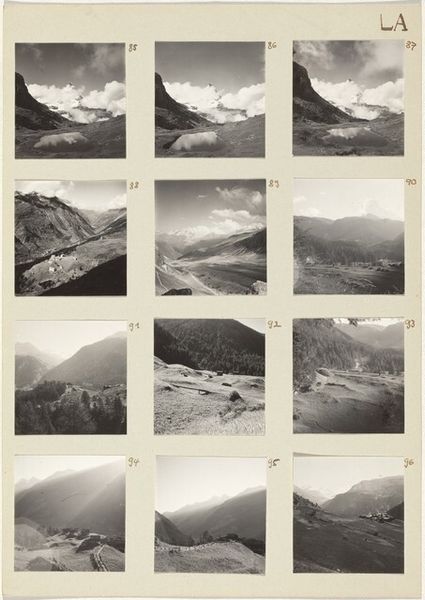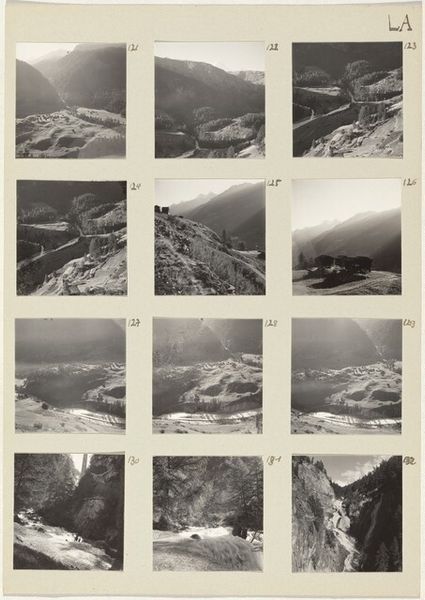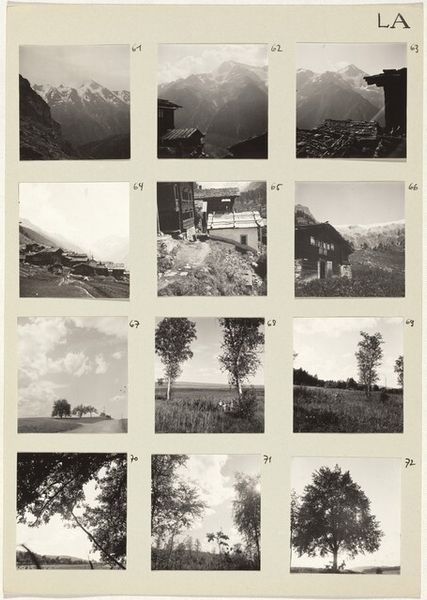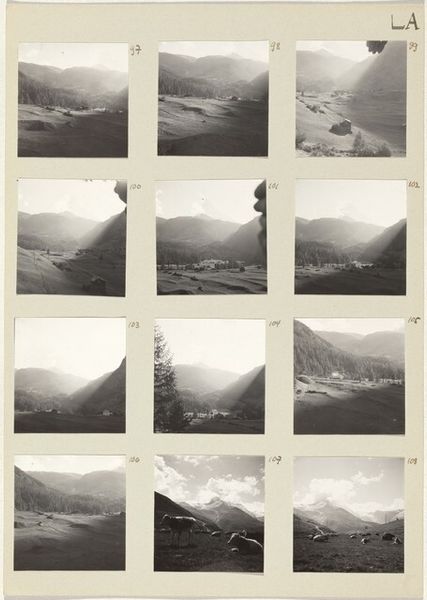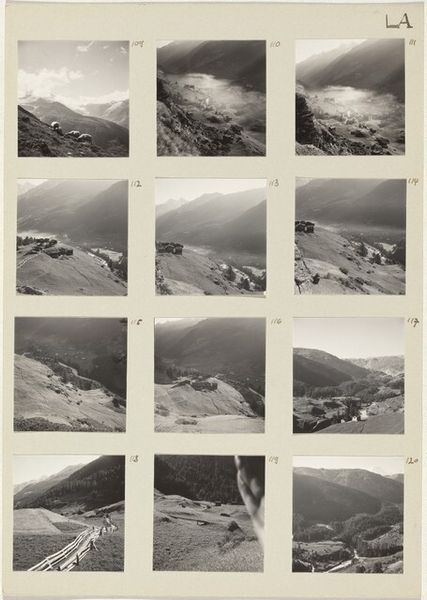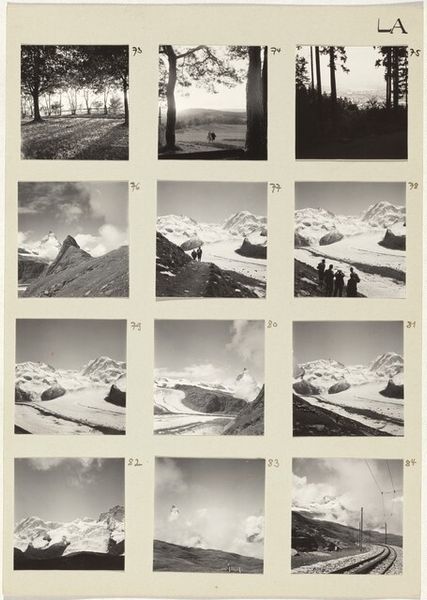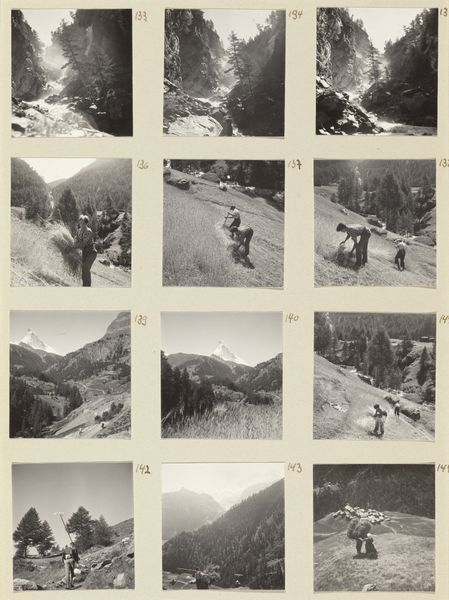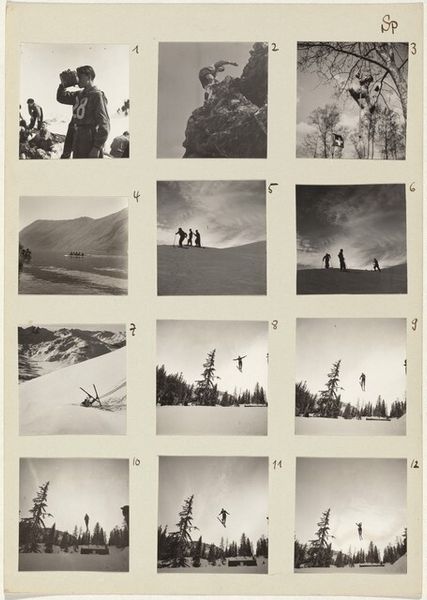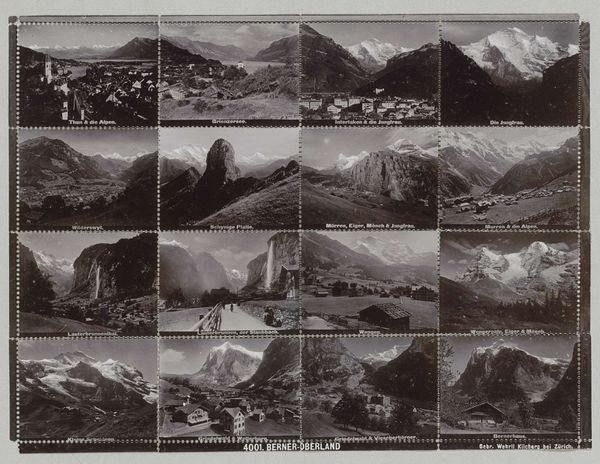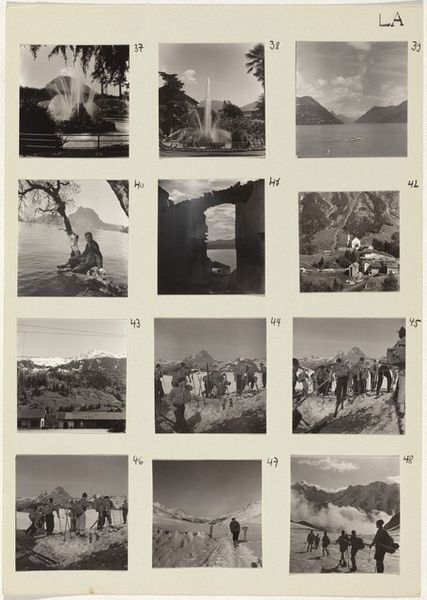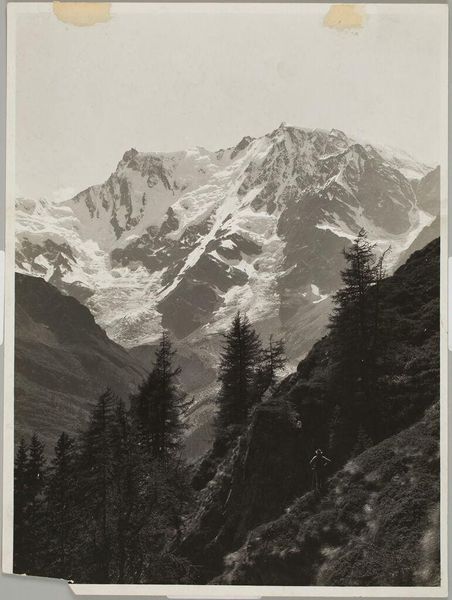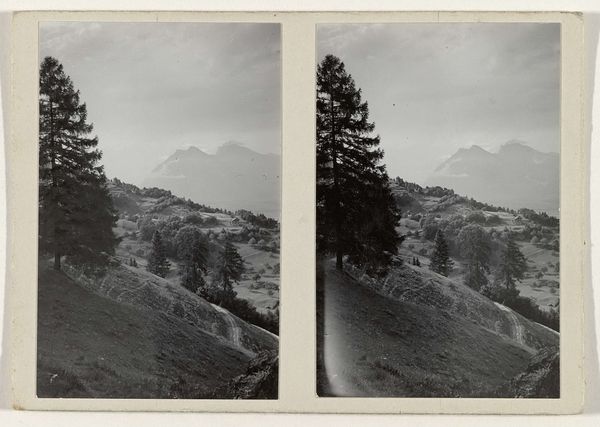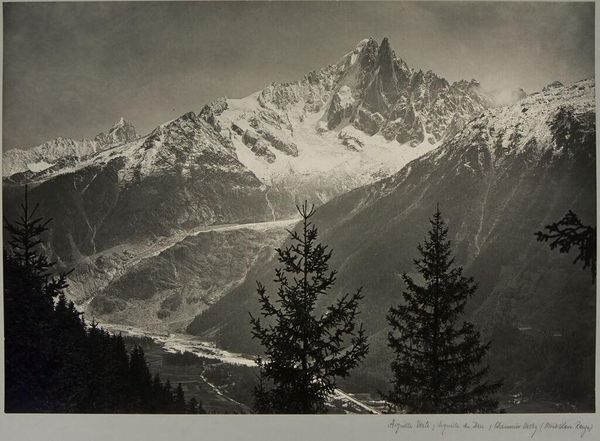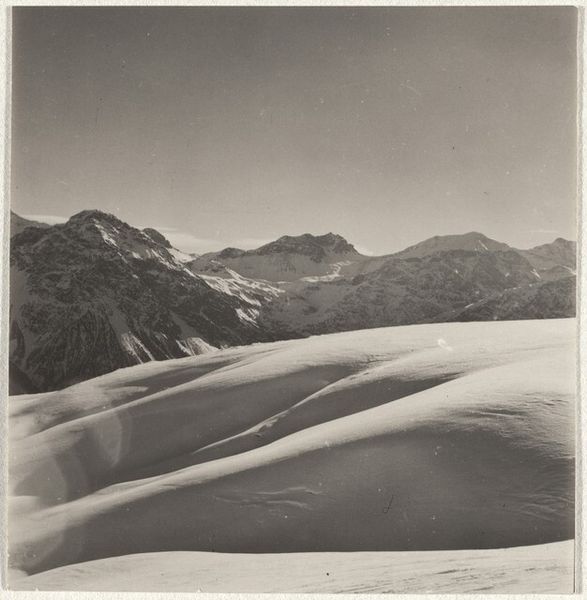
Dimensions: sheet: 29.6 x 21 cm (11 5/8 x 8 1/4 in.)
Copyright: National Gallery of Art: CC0 1.0
Editor: We're looking at "Die Landschaft (Landscape) 49-60," a photographic work by Robert Frank, made between 1942 and 1946. It’s a series of landscape shots – mountains, snow, valleys – and there's a really stark, almost melancholic feel to the composition of all these individual shots in a grid. What catches your eye in this work? Curator: Immediately, the gridded composition is a defining formal element. Each image operates almost as a module, and in this interplay of shapes, tones and perspectives, relationships emerge, governed by rhythm and order. Notice how tonal value plays an important role, mediating relationships and subtly harmonizing each scene together with variations of shades. This structure creates meaning, doesn’t it? Editor: I think so! Seeing it described that way makes me notice how each of the small pictures are unique but create a united whole! Curator: Precisely. The materiality of photography also comes to play. It is worth observing the granular quality inherent in Frank’s prints: they contribute an extra layer to his style. How do these compositional elements influence your overall interpretation? Editor: It’s like he's cataloging the landscape but also, the dark and light gives me such conflicting emotions; peace, solitude, awe. Is it the post-impressionistic influence I'm responding to? Curator: Perhaps. It’s more of an exercise in controlling light and shadows through form rather than replicating natural scenery, like a Cezanne of photography? Editor: Hmm! Almost like a painting… So interesting, I hadn't considered that. I'll never look at Frank's photographs the same way! Curator: Indeed. Looking through the formal lens can illuminate previously unseen aesthetic value in this important photographic series!
Comments
No comments
Be the first to comment and join the conversation on the ultimate creative platform.
